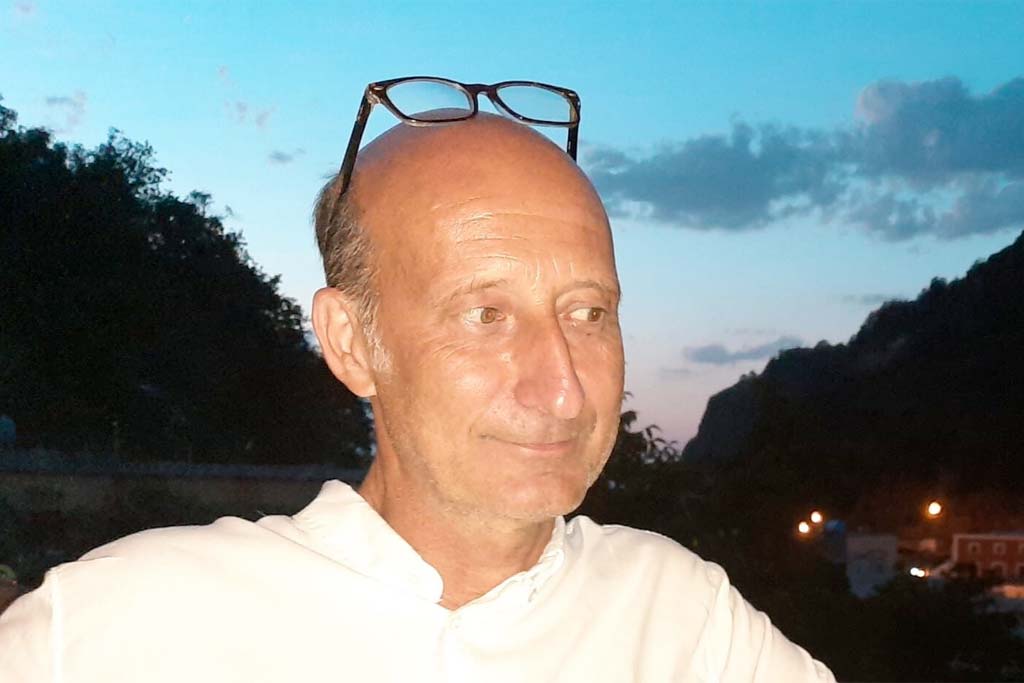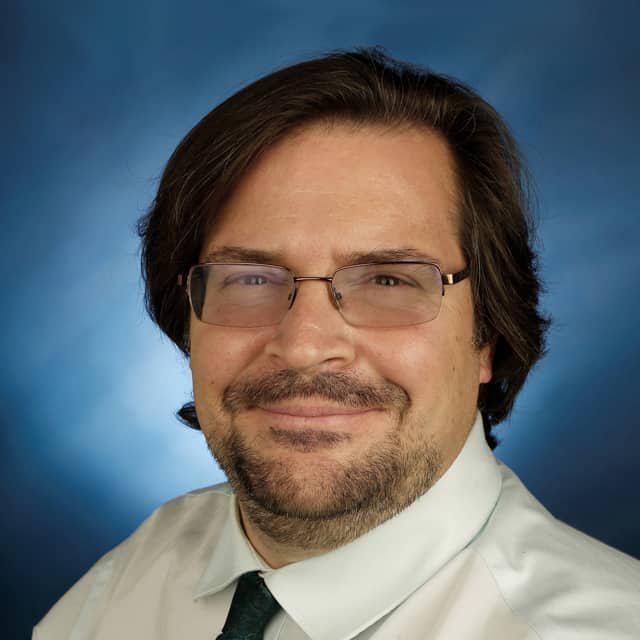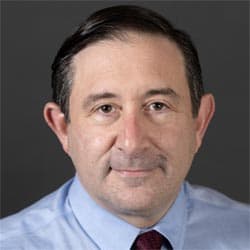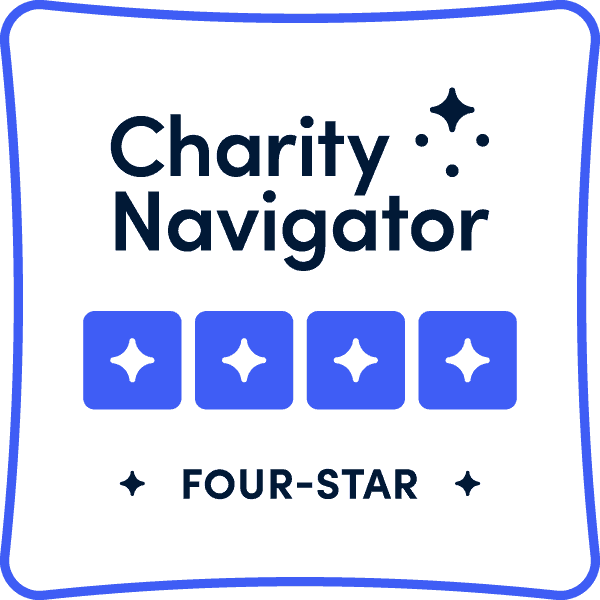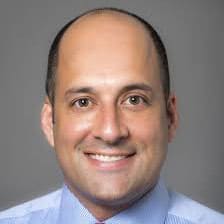
Eric Storch, PhD
McIngvale Presidential Endowed Chair and Professor
Vice Chair and Head of Psychology
Menninger Department of Psychiatry and Behavioral Sciences
Baylor College of Medicine
PANS and PANDAS: An Interview with OCD Expert, Dr. Eric Storch
Interview by Neuroimmune Foundation director and founder, Anna Conkey.
Thank you so much for taking the time to talk with me, Dr. Storch. As you know, our organization is dedicated to helping children and young adults with PANS, PANDAS, as well as encephalitis and since OCD is such a prominent symptom for many of them and since you’re an expert in OCD, we are really thrilled to learn from you.
It is completely my pleasure. Thank you for the kind invitation!
When most people think about OCD, they think about excessive hand washing or fear of germs and contamination but really, OCD is far more broad than this. Can you tell us a bit about what other types of behaviors you see in individuals with OCD? Are there any good resources or checklists for families that describe the various types of OCD?
OCD in both kids and adults usually falls into four symptom groupings. As you indicated, contamination fears and associated washing/cleaning rituals are well recognized. There are other common symptom groupings. One involves unwanted, intrusive, and distressing obsessions about taboo topics such as sex or harming self or others. This might include obsessions about if the person did something sexually inappropriate, or harmed someone on impulse. Another group includes fears of something bad happening with associated checking. Finally, symmetry and ordering symptoms are also common. Across all of these symptoms, avoidance is a common component (in addition to the rituals and obsessions). Importantly, most kids and even adults include loved ones in their symptoms through accommodation. Excellent resources can be located at IOCDF.ORG describing these symptoms.
Can you describe how you treat OCD at Baylor?
At Baylor College of Medicine we approach treatment of OCD using evidence-based treatment approaches including exposure and response prevention therapy and medications. Our approach embraces the family to support the person affected by OCD, and provides treatment in a warm and caring yet thorough fashion. We specialize in working with treatment resistant patients, and have expertise in neuromodulation approaches including deep brain stimulation (for adults with refractory OCD).
What about things like intrusive thoughts? We often hear of children and young adults stuck in obsessive and repetitive loops where they cannot get rid of the thoughts they’re having and they’re quite distressed. In PANS especially, we hear about children wanting to be something that they are not, for instance an animal or a different age. How are you able to help these patients?
These symptoms are indeed common. Fortunately, they respond well to extant treatment approaches. We have actually published a couple papers on this exact topic.
The families we work with all have children believed to have brain inflammation. Is your work with patients like this different? For instance, do you recommend that they are at a certain point medically before they begin an OCD program?
Yes, it is important for individuals to be medically stable. We work closely with other medical clinicians to ensure that individuals are prepared to undertake psychological/psychiatric intervention.
How do you manage patients who are not at all committed to working on their OCD through CBT or ERP?
There are a number of ways that we might consider approaching work with folks with more limited motivation. First, we try to discuss the reasons for addressing, and the individual’s values and goals. Second, we may consider recommending a more intensive program. Third, considering other treatments first may be helpful, such as various medications. Finally, we may work with other family members of children to support them if an individual is not willing to work on their OCD.
Quite often we hear first hand accounts from children and families who received in-patient or residential psychiatric treatment and often the children and families perceive these experiences as very traumatic. In particular, many children and teens feel traumatized by the separation from family required by in-patient psychiatric stays. What is your take on minimizing the impact of trauma and distress while treating OCD?
One thing that is critical is to find an intensive program that specializes in OCD. It is difficult for residential treatment where a youth can’t stay with family. We will encourage families to work with the facility to help the process and participate in treatment. Often, day treatment programs can be very effective and allow for a) families to remain together, b) reduce separation angst, and c) importantly, allow families to learn how to support their loved one.
In-patient programs are usually not OCD specific; I wish there were better solutions but often times they are oriented to prevent harm to self and others, and stabilize.
Are there any types of CBT or ERP programs that can be done through telehealth or online?
Absolutely. We published one of the first studies in 2011 on this in kids and found excellent results. With the impact of COVID, most practitioners have shifted to telehealth with excellent results and reduced barriers and increased access.
For patients with severe OCD who just are not getting much better despite high quality CBT and ERP, what other options are?
First, there is always hope. Good options include OCD specific intensive programs. Beyond this, there are various medications that can be trialed. Trying a new therapist may also help to get a fresh perspective. Finally, deep brain stimulation has been shown effective among adults with refractory OCD.
Is there any promising research in the pipeline that you believe will significantly improve quality of life for those suffering with OCD?
Yes, there are numerous areas that are very exciting including advances in neuromodulation (e.g., deep brain stimulation, deep transcranial magnetic stimulation), cognitive-behavioral therapy (e.g., internet based, augmentation approaches), and assessment (e.g., using computer vision approaches).
Thank you so much for your time, Dr. Storch. We are very grateful to you for sharing your expertise with us. Can you give us some final words of wisdom both for patients suffering from OCD as well as their caregivers?
Always maintain hope and know that you are not alone in this fight. My team and I are here to share ideas and be a resource; please don’t hesitate to reach out.
